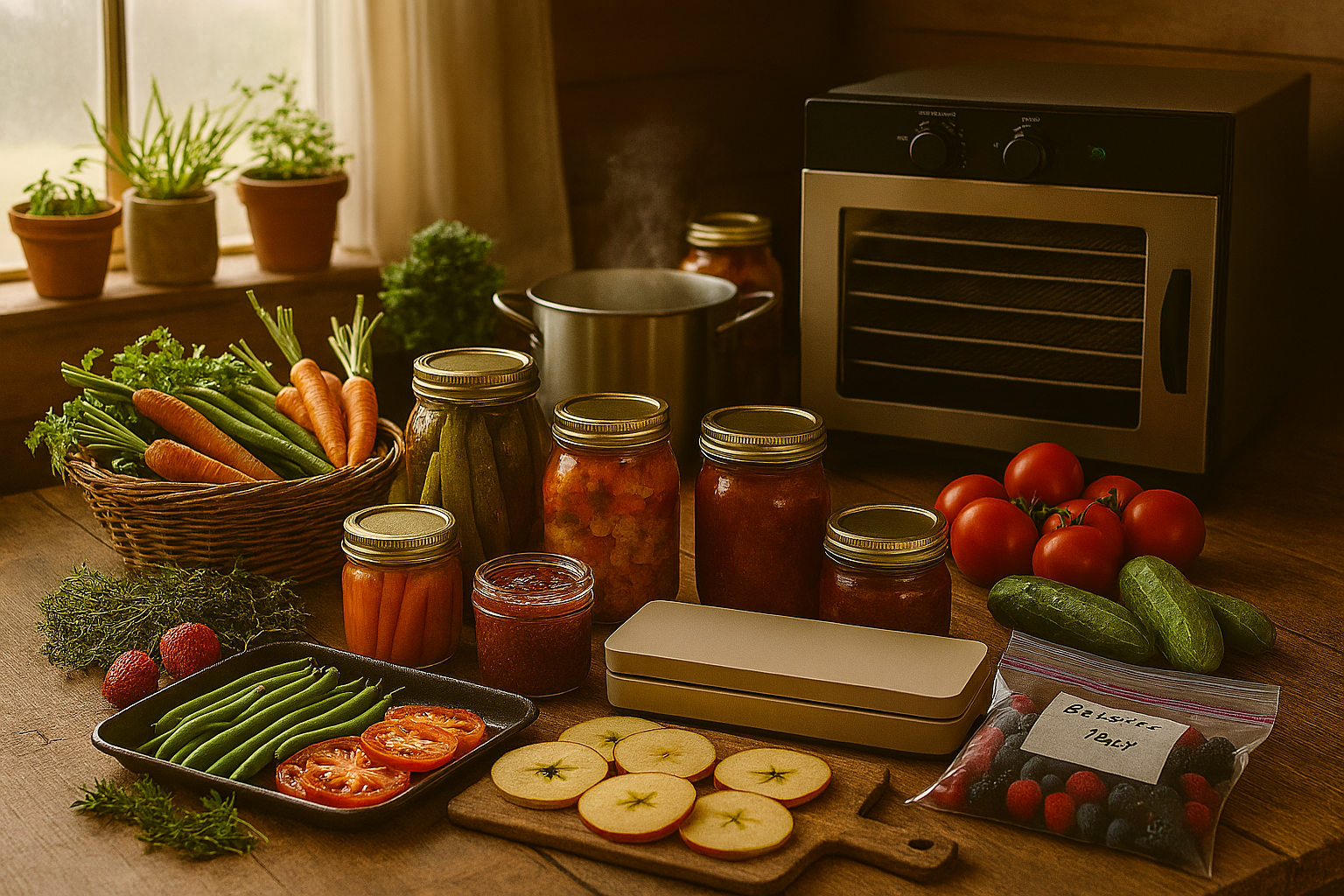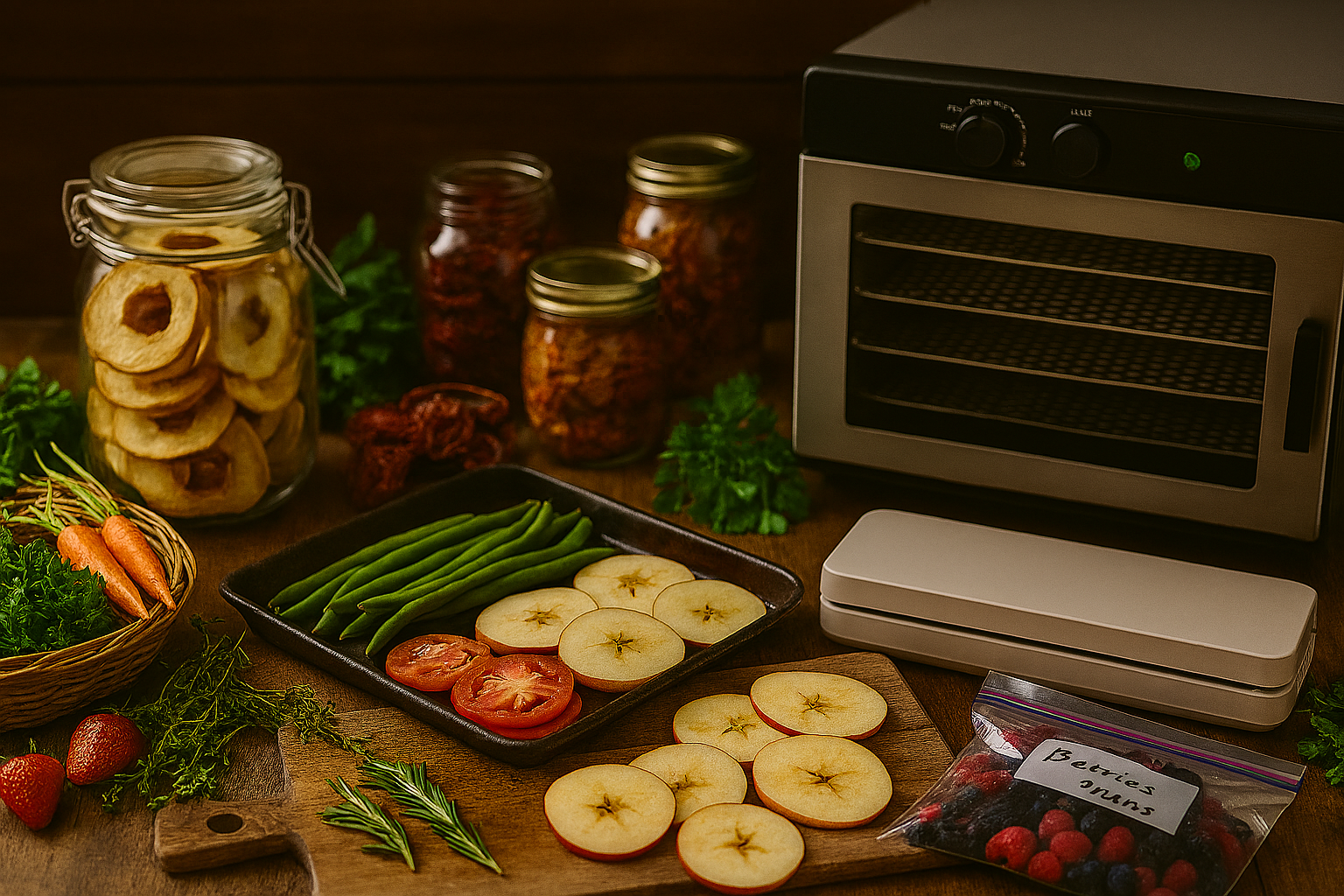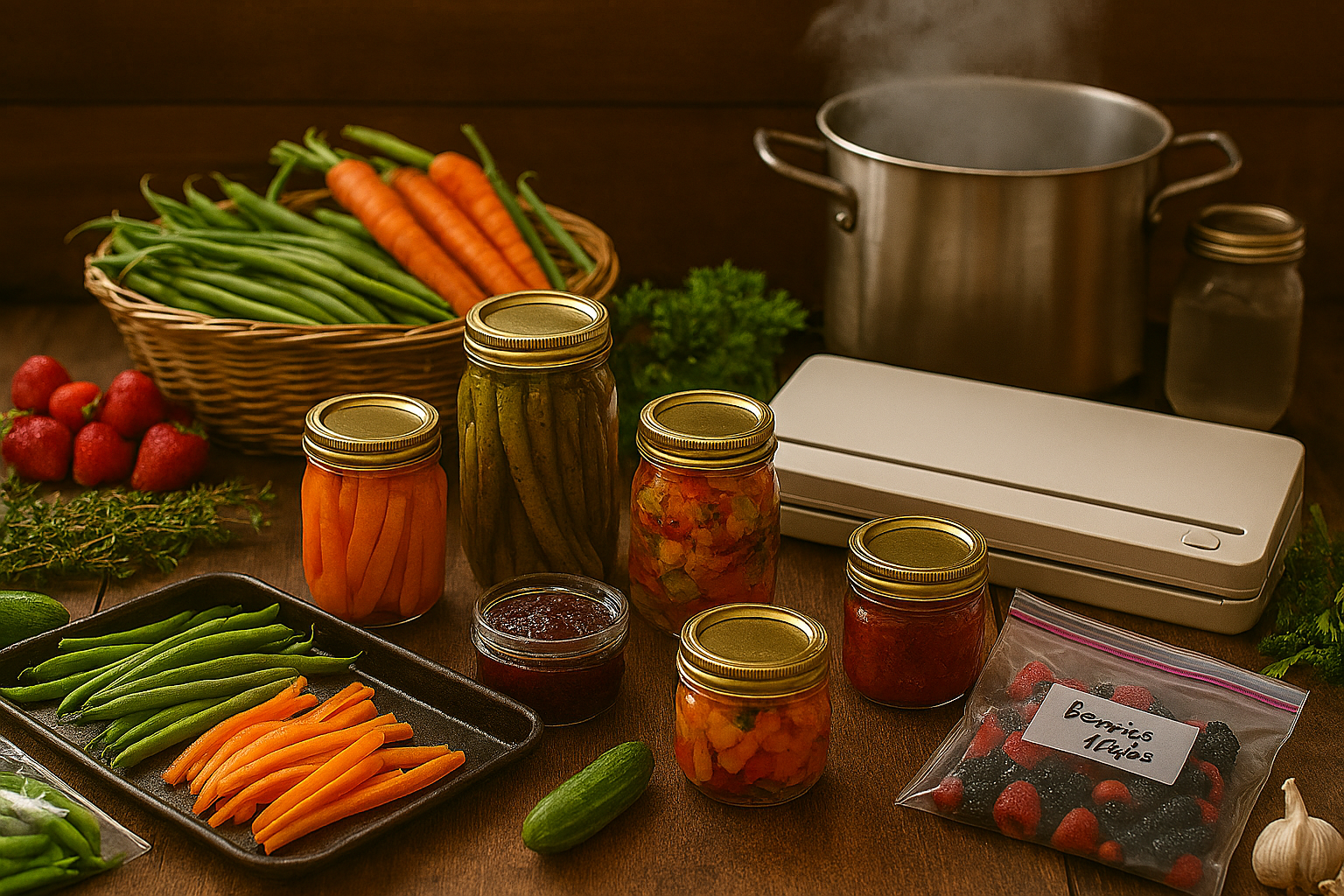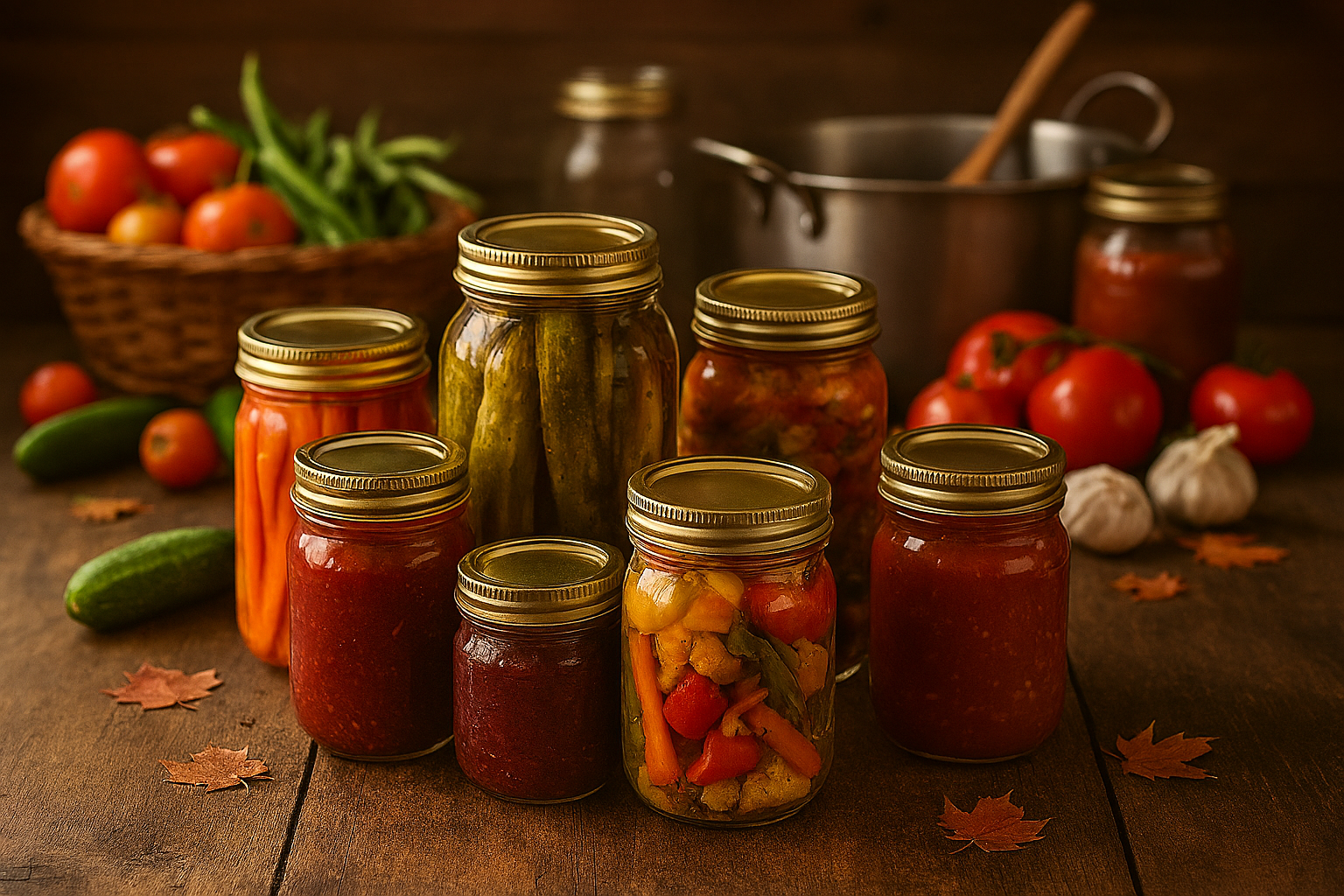
Finding the right heavyduty anchor or wall plug can make all the difference between a longlasting installation and a loose shelf crashing to the floor. Whether I’m mounting a big TV, installing shelving, or hanging large mirrors, I always want to feel confident that what I’m hanging stays put. Wall anchors and plugs come in a bunch of types, so picking the right one is a big deal for both safety and peace of mind.
I’ve tackled lots of wall types and project sizes over the years, and it’s pretty common to feel overwhelmed by all the options out there. There’s good news though; once you know the basics about anchors, wall plugs, and what they’re best suited for, choosing the right one becomes a whole lot easier. Here’s my guide for picking the ideal heavyduty anchors and wall plugs for secure home installations, with answers to those big questions everyone has about weight limits and different drywall options.
Know Your Wall Type First
The first step in choosing any anchor or plug is figuring out what kind of wall you’re working with. Each material has its own quirks, so using the same anchor everywhere doesn’t fly.
- Drywall (Plasterboard): Most common in modern homes. Needs anchors that grip or distribute weight.
- Plaster: Older homes may have plaster over wood or masonry. Thicker and trickier for some anchors.
- Masonry: Think brick or concrete. Requires heavyduty plugs and sometimes a hammer drill.
- Hollow Block: Similar needs to drywall but often trickier because of the hollow spaces inside.
Take a minute to check your wall; a simple tap or small test hole works well if you’re not sure. Knowing your wall saves you from wasted effort, broken anchors, or wall damage. I’ve found that taking this extra step in prep really gives you peace of mind before drilling any holes and helps make installations last much longer. If you’re uncertain after checking, ask a hardware store clerk for help identifying wall type – it’s better to be certain than to risk damage or frustration down the line.
Types of Heavyduty Anchors and Wall Plugs
Once I know my wall type, I pick from several main heavyduty anchor options. Each has its strengths, so here’s a quick breakdown of what’s out there and what they work best for.
1. Toggle Bolts
Toggle bolts are my go-to for heavy shelves and TV mounts on hollow drywall. They have springloaded wings that open up behind the wall, spreading the load over a big area. Some toggle bolts can hold 100 pounds or more per anchor on drywall. Just make sure you factor in the weight of both the item and the anchor itself. Always doublecheck the specifications before picking the size for your project.
2. Molly Bolts (Hollow Wall Anchors)
Molly bolts work great for medium to heavy loads. Once you tighten them, their body expands inside the wall, which is a big improvement over basic plastic plugs. You’ll see these used for curtain rods, handrails, or coat hooks. Wellinstalled molly bolts can handle 5070 pounds each in drywall.
3. Heavyduty Plastic Wall Plugs
Plastic expansion plugs or wall plugs designed for masonry are strong when anchored in brick, concrete, or stone. They grip the sides of a drilled hole tightly and work best when paired with regular screws. I use them for heavy shelves or big mirrors on brick walls. Their longlasting hold is ideal for installations that shouldn’t budge with everyday use.
4. Screwin Drywall Anchors
Some highquality screwin anchors, often called “selfdrilling” or “ezanchors,” are rated for pretty decent loads – about 50 pounds or so. These work straight into drywall with just a screwdriver and no predilling, which comes in handy for fast projects. Just check the box for weight ratings before trusting them with anything expensive or heavy. Always go with brands that show clear ratings for extra reassurance.
5. Wedge and Sleeve Anchors for Masonry
For mounting on concrete or brick, wedge or sleeve anchors are about as tough as it gets. These use the compressive strength of masonry to hold hundreds of pounds per anchor. You’ll need a hammer drill, but the holding power is worth it for wallmounted cabinets or outdoor fixings. I’ve installed garden racks and even bike hooks this way, and they stand up to a lot of weight and pull.
How Much Weight Can an Anchor Hold?
There’s a huge range depending on anchor type, screw size, wall material, and installation quality. Here are some rough estimates:
- Toggle Bolts: Up to 100 pounds or more in drywall (per anchor)
- Molly Bolts: Around 5070 pounds in drywall (per anchor)
- Screwin Drywall Anchors: 4050 pounds (varies by brand/type)
- Plastic Wall Plugs in Masonry: 80100+ pounds, sometimes more
- Wedge/Sleeve Anchors: Up to 1,000 pounds in solid concrete
Of course, it’s smart to use at least two anchors for really heavy items and to check the manufacturer’s packaging for specific ratings. Ratings refer to an anchor installed perfectly in a solid, undamaged wall. The realworld number is sometimes lower. When in doubt, I always go the extra mile and use more anchors than necessary. Also, keep in mind that using large, sturdy screws can add extra strength, especially in combination with the right anchor for your wall type.
Choosing the Best Anchor for Each Job
Questions I Ask Myself:
- What’s the wall made of? (Drywall, plaster, brick, etc.)
- How much does the item weigh?
- Will the load pull straight down, or might it pull out horizontally?
- Can I hit a wall stud? (for drywall only; it’s the strongest option!)
If I can find a stud, screwing directly into it with a long wood screw is almost always stronger than any anchor. If no stud is available, I look for toggle or molly bolts for drywall, or highquality masonry plugs/anchors for brick or concrete.
For towel bars, shelves, and picture frames where the load is light, selfdrilling anchors usually do the job. For TVs, wall cabinets, or gym equipment, toggle bolts or wedge anchors are safer picks. It’s helpful to measure and write down your item’s weight before heading to the hardware store so you can check packaging for ratings on the spot. And remember, a little prep work picking the right anchor means much less trouble later on. Don’t be shy about checking in with hardware experts if you’re not sure – they can help bump your project up a notch, quickly pointing you to the best anchor for your situation.
My Favorite Anchor Types for Drywall
- Steel Toggle Bolts: Reliable for heavy mirrors, shelving, and wallmounted TVs.
- Snaptoggle Bolt Anchors: These newer models combine the toggle’s reliability with easier installation through smaller holes.
- Heavyduty Molly Bolts: Great for items that might get bumped or tugged on.
- EZ Ancor TwistNLock (or similar brands): Super fast when you don’t feel like drilling preholes. Good for medium loads.
Stay away from basic plastic wall plugs in plain drywall. They’re really meant for lightduty picture frames and won’t hold much weight, no matter how long the screw is. If you’re tempted to use a leftover plastic plug, keep it for super small projects only.
Best Anchors for Brick, Stone, and Concrete
- Masonry Expansion Plugs: Highgrip and simple; just need the right drill bit.
- Sleeve or Wedge Anchors: Perfect for very heavy items, outdoor hardware, or wallmounted cabinets.
With any masonry anchor, I always make sure the hole is drilled to the correct size and depth for the anchor. Using a hammer drill here is a total gamechanger if you want the anchor to seat securely. Proper drilling really cuts down on shifting or loose installations, especially in old, brittle brick or concrete. When in doubt, measure twice and drill once for the best fit possible.
Extra Tips for Solid Installs
- Don’t overload one anchor. Spread weight over two or more for longer life and reliability.
- Use a stud finder and level to minimize mistakes and keep things straight.
- If you have doubts about wall integrity, patch old holes and pick a new spot.
- Mix and match anchors if your wall type changes along the mounting area. Think drywall next to masonry, for example.
- Always use the screws recommended by the anchor’s manufacturer for a snug fit.
- Let adhesives set completely before hanging anything on new anchors, if adhesive is included.
- Think about future needs – sometimes leaving a little space for upgrades helps preserve your wall’s quality in the long run.
Common Questions About Heavyduty Anchors and Wall Plugs
Which wall anchors hold the most weight?
In drywall, heavyduty steel toggle bolts and snaptoggle anchors are at the top, holding well over 100 pounds in the right conditions. For masonry, wedge or sleeve anchors can hold several hundred pounds each. Always rely on factory specs for actual numbers, and if in doubt, add more anchors than you need.
What drywall anchors are rated for heavy duty?
Look for large steel toggle bolts, molly bolts labeled “heavyduty,” and quality selfdrilling anchors with published weight specs. For serious projects, toggle bolts or snaptoggle anchors are my choice every time.
How do I know what kind of wall anchor to use?
Check your wall type and your project’s weight. Stick with heavyduty drywall anchors for drywall, and highstrength masonry plugs or mechanical anchors for brick and concrete. If you can hit a stud, use it; it’s always stronger and more reliable than any standalone anchor.
What are the best wall plugs for weight?
In brick and concrete, long plastic expansion plugs are great for most projects. For extreme loads, go with sleeve or wedge anchors that lock in place tightly and can handle movement or vibration without slipping.
How much weight can drywall anchors hold without studs?
Good quality toggle or snaptoggle anchors can safely hold 50 to 100 pounds in drywall, depending on anchor and screw size. Always use more anchors than you think you need for safety, especially with highvalue items. Don’t risk a valuable item to just one anchor if your wall quality is in doubt.
What are the sturdiest drywall anchors?
Steel toggle bolts and snaptoggle anchors are the sturdiest choices for drywall mounting. They don’t loosen easily and spread weight well, giving you solid peace of mind for heavier installations.
Next Steps for Secure Home Mounting
Home installations are so much easier when you know what you’re dealing with, and which anchor makes the job safe and reliable. My rule is always to doublecheck wall type, use anchors designed for the right load, and avoid shortcuts. If you’re ever unsure about hanging something heavy, ask a pro or check in with a local hardware store for advice. You can also track down more project tips and details about wall anchors at resources like Family Handyman or This Old House. It’s smart to review a couple of guides online and see install videos if you’re new to using certain anchor types—they can show stepby-step methods that reduce errors.
- Doublecheck your wall type before picking an anchor for the job on hand.
- Calculate your item’s weight; round up just to be safe and make sure anchors can support a bit more than needed.
- Choose anchors that match your wall and load, leaning toward heavyduty options when unsure.
- Take it slow and tidy for a result that lasts. Clean up dust and debris as you go and check your work after everything is installed.
I’m always happy to answer specific home installation questions in the comments. Sharing your project details helps everyone, so don’t hesitate to reach out if you’re not sure about your setup. A strong, safe installation is worth the extra effort!






Leave a Reply